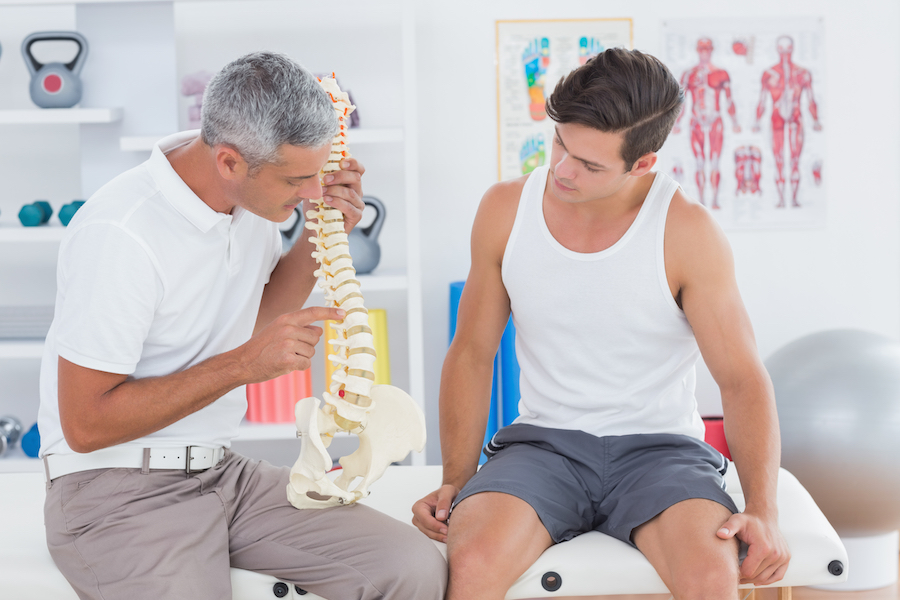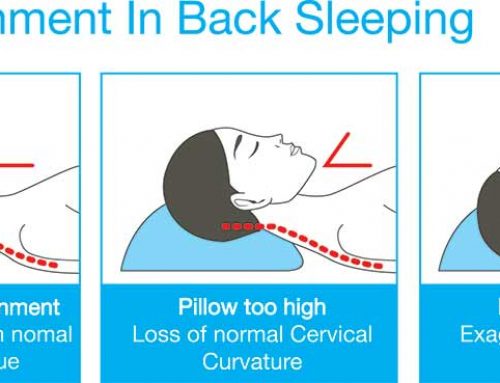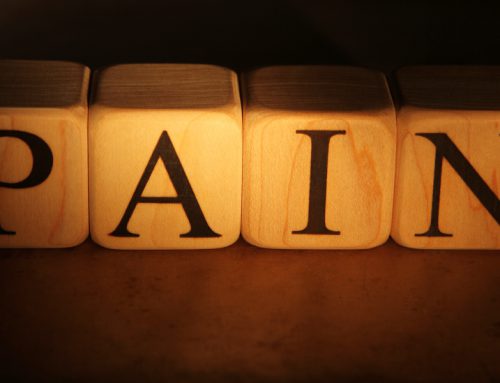Herniated disc. Hearing those two words can be frightening. Thoughts of painful injections, debilitation, and the possibility of surgery usually follow. However, finding out you have a herniated disc does not always mean you’re in for the worst case scenario. In fact, most people are able to resolve herniated discs without the need for surgery.
Anatomy of A Herniated Disc
Your spine is composed of several bony vertebra. Between each vertebrae is a disc. These discs serve connective and protective purposes, helping to absorb the shock from daily activities and major impacts alike. Discs also help facilitate spinal movement. These discs are made of a fibrous outer ring, called the annulus fibrosis and a gelatinous inner portion called the nucleus pulposus. A herniation occurs when the layers of the annulus fibrosis break down and begin to crack, and the soft inner nucleus begins to push through these fissures.
A herniated disc diagnosis has historically been considered dire, but recent research has proven otherwise .
Symptoms of a Herniated Disc
- Tight muscles and cramping
- Pain that radiates through the shoulders, arms, or legs
- Low back pain that increases when you cough or sneeze
- Weakness in limbs
- Tingling sensations in arms and legs
- Headaches caused by laying or sitting certain ways
Note that these symptoms do not always indicate a herniated disc. Further, some people with herniated discs don’t display any symptoms at all. In fact, more than 30% of adults may have herniated discs without experiencing even a single symptom. That’s because not every herniated disc causes pain or even discomfort.
Causes of a Herniated Disc

There are many ways a disc can become herniated. Here are a few of the most common.
Improper lifting : Using improper form when weight training or lifting heavy objects can result in herniated discs. Always take care to squat (rather than bending) when you lift things.
Accident or Injury : Impact injuries such as car accidents or sports injuries can cause instantaneous herniation of a vertebral disc.
Degenerative Disc Disease : People with degenerative disc disease can be more susceptible to discs becoming herniated as they lose volume over time.
Herniated discs can also be the result of aging, repetitive stress, or being overweight. In some cases, genetic factors may be at play.
Treatment Options for Herniated Disc
Aside from the fact that many people don’t experience any adverse symptoms from their herniated discs, those who do may find relief without injections or surgery. New findings show that herniated discs can actually resorb and heal on their own. This means that non-invasive treatments may be able to relieve pain and aid in the healing process.
Treatments that can help people suffering with herniated discs include spinal manipulation and spinal decompression techniques. Active Release Technique uses both manipulation and movement to help encourage blood flow, and to reduce stiffness and swelling in the soft tissues. This can provide pain relief and aid in healing from disc herniation. Chiropractors may also use the McKenzie Rehab Protocol, which is a system that helps your practitioner to develop a focused treatment plan that is specific to your particular issues.
If you’ve been diagnosed with a herniated disc, keep in mind that MRI results are just that: results. They are not a prognosis. A study published in the US National Library of Medicine showed that there is often little difference in the level of relief people achieve through surgery versus alternative treatments such as chiropractic care.
Before you decide how to proceed with treating your herniated disc, please come into our office for an examination. In order to make a more informed decision about your care, you should be aware of all the treatment options available to you. We can help you understand more about what having a herniated disk means for you, and work with you to develop a customized treatment plan.







